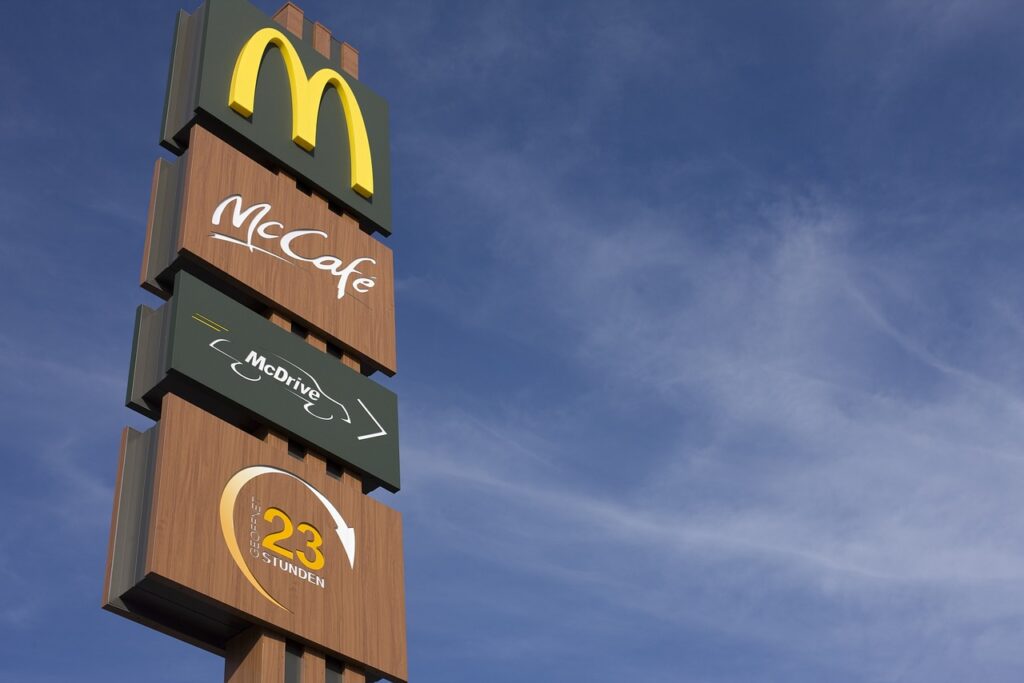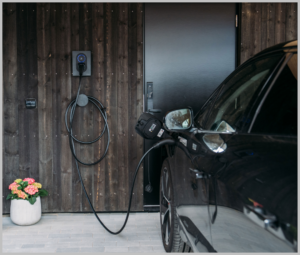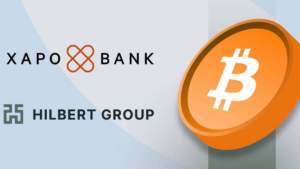US consumers are opting out of McDonald’s and Starbucks
Declining sales are American consumers’ way of saying to restaurant chains: you need to innovate if you want me as a customer.
The reporting season for major food and beverage companies began this month, but already we’re seeing how American spending habits are evolving in this time of strong employment, stable wages and cooling inflation.
The result: Americans are still happy to spend.
It’s what we do, after all.
If there were an Olympics for buying stuff while staring down political upheavals and wars and pandemics, the United States would take home the gold, silver and bronze 100 percent of the time.
But lately, American consumers are a little more discerning.
Starbucks reported its second consecutive quarter of dismal sales.
In the same week, McDonald’s reported a 0.7% drop in US sales from the same period in 2023.
Diageo, the maker of Johnny Walker and a small variety of other popular liquor brands, saw its first sales decline since the pandemic began, led by a pullback in North America.
It’s not as if Americans have suddenly given up on fast food or joined a cult of newbies.
But after years of rising prices, we’re looking for deals where we can find them and splurging on what we really want. “Consumers are willing to spend, it’s just that they’re not willing to spend on the same old thing,” says RJ Hottovy, director of analytical research at Placer.ai.
And they are “definitely more selective with their food purchases.” The trend is particularly visible among chain restaurants, as Jonathan Maze, editor-in-chief at Restaurant Business Magazine, noted at X. Sales at Chipotle locations open at least a year?
An 11% increase from a year ago.
Texas Roadhouse?
Up 9.3%.
McDonald’s?
Down 0.7%.
Starbucks?
Down 2%.
People are basically saying “look, if I’m already going to overpay for food, I might as well sit down and get some service out of it.” This is not entirely new.
For years, the price differential between restaurant chains – from your traditionally cheaper “quick service” restaurants (like McDonald’s) to “fast casual” (Chipotle, Sweetgreen) and “casual dining” (Applebee’s) – has been narrowing.
The once reliably cheap McDonald’s pushed up its prices, while sit-down restaurants leaned on value and convenience.
Applebee’s, for one, made a direct pitch to the hordes of stunted McDonald’s customers who felt the chain had abused its pricing power.
This spring, the CEO of Applebee’s parent company Dine Brands told CNN in an interview, “You can get our burger for $9.99 … why would you take a $10 burger … that you can eat in a bag out of your car?” Chili’s made its selling point even more explicit, announcing the addition of a burger with “twice as much beef as a Big Mac” to its “3 for me” value menu . Now McDonald’s is trying to win back poorer customers while appealing to more affluent customers who want something new.
To do so, it is doubling its $5 meal promotion while introducing a more advanced “Big Arch” burger. Zooming out of the food space, this all goes along with the post-pandemic tendency for shoppers to indulge in some luxury and Instagram-worthy experiences.
Do we get takeout every night for dinner?
No, we don’t.
Do we maybe make coffee at home or opt for a cheaper option from the corner shop?
Absolutely no.
It’s a truth so widely recognized that it’s practically a cliché: don’t bet against the American consumer.
Spend money – that’s what American consumers do.
It’s who they are.
And that’s why the US economy achieved stronger-than-expected annual growth of 2.8% in the second quarter.
About the Vikingen
With the Viking’s signals, you have a good chance of finding the winners and selling in time. There are many securities. With Vikingen’s autopilots or tables, you can sort out the most interesting ETFs, stocks, options, warrants, funds, and so on. Vikingen is one of Sweden’s oldest equity research programs. Click here to see what Vikingen offers: Detailed comparison – Stock market program for those who want to get even richer (vikingen.se)













